Information Technology Reference
In-Depth Information
LMI Frame Format
Figure 5-8
Number of bytes:
1
2
11 1
1
Variable
2
1
Call
Ref
Message
Type
Info
Elements
Flag
LMI DLCI
UII
PD
FCS
Flag
Table 5-2 describes the fields of the LMI frame.
LMI Fields
Table 5-2
Field
Description
LMI DLCI
The LMI DLCI is 1023 if you use a cisco-type LMI. It is 0 if you use either
ANSI or ITU (q333a).
UII
Unnumbered Information Indicator; sets the poll/final bit to 0.
PD
Protocol Discriminator; contains a value indicating that the frame is an LMI
frame.
Call Ref
Call Reference. This field always contains 0s and is not currently used.
Message type
Status-inquiry message—Allows a user device to inquire about the status of the
network.
Status message—Response to an inquiry message.
IE
Information Elements; contains IE identifiers and data.
FCS
Frame check sequence; verifies the data.
Flags
Delimits the beginning and end of the frame and is always binary 01111110.
Frame Relay Traffic Shaping (FRTS)
FRTS allows for the management of traffic congestion in Frame Relay networks. FRTS-enabled
routers use received BECN information as input to manage the outbound traffic. FRTS is enabled
on the major interface, and traffic classes are defined in global configuration. A traffic class is
applied to each subinterface as it applies.
You can use FRTS in several ways: for rate enforcement on an individual VC by configuring
the peak transmission rate, to dynamically throttle traffic on a VC when BECNs are received,
or for enhanced queuing support by enabling custom or priority queuing on a VC.
Rate enforcement is shown in Example 5-2. The FRTS class 128 KB is configured for a CIR
rate of 128 kbps and a burst rate of 256 kbps. The FRTS 512 KB class is configured with a CIR
of 512 kbps and a burst rate (Bc + Be) of 1024 kbps.




















Search WWH ::

Custom Search